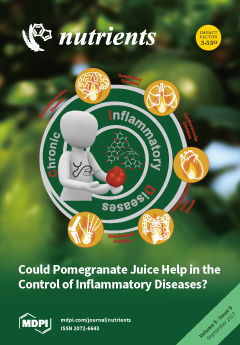Vitamin D plays a critical role in calcium and phosphate metabolism and helps maintain skeletal integrity in childhood, yet vitamin D status in Chinese children and adolescents is not well documented. The aim of this study was to assess the vitamin D status and analyze the risk factors for vitamin D deficiency in Chinese children and adolescents aged 6–17 years. Serum 25 hydroxyvitamin D (25(OH)D) was measured with a radioimmunoassay kit in 15,000 children and adolescent participants in the Chinese national nutrition and health survey (CNNHS) 2010–2012. Age, gender, region type, ethnicity, outdoor time, and vitamin D supplementation were recorded in unified design questionnaires. The season was recorded by the date of blood taken; location was divided into north and south by China′s Qinling Mountains and Huaihe River; and ambient ultraviolet B (UVB) radiation level was classified according to the corresponding dose of each participant living area from National Aeronautics and Space Administration data. 14,473 participants from the cross-sectional study of CNNHS 2010–2012 were included in this study. The median serum 25(OH)D concentration was 48.2 (35.4–63.4) nmol/L, and the concentration for males was 50.0 (36.5–65.7) nmol/L, which was statistically higher than that of females (46.7 (34.4–60.9) nmol/L) (
P < 0.001). The general prevalence of vitamin D deficiency was 53.2%; 50.0% for males and 56.5% for females at the cut-off 50 nmol/L. According to the results of the log-binomial regression analysis, vitamin D deficiency in Chinese children and adolescents was specifically related to female gender (
P < 0.0001), to ages 12–14 years (
P < 0.0001) and 15–17 years (
P < 0.0001), living in large cities (
P < 0.0001) or ordinary rural areas (
P < 0.0001), low ambient UVB levels (
P < 0.0001) and medium ambient UVB levels (
P < 0.0001), spring (
P < 0.0001), autumn (
P < 0.0001) and winter seasons (
P < 0.0001). The data showed that vitamin D deficiency was very common among children and adolescents aged 6–17 years in China. Effective sun exposure should be encouraged in both genders aged 6–17 years, dietary vitamin D and vitamin D supplements are also recommended, especially in the seasons of spring and winter.
Full article






